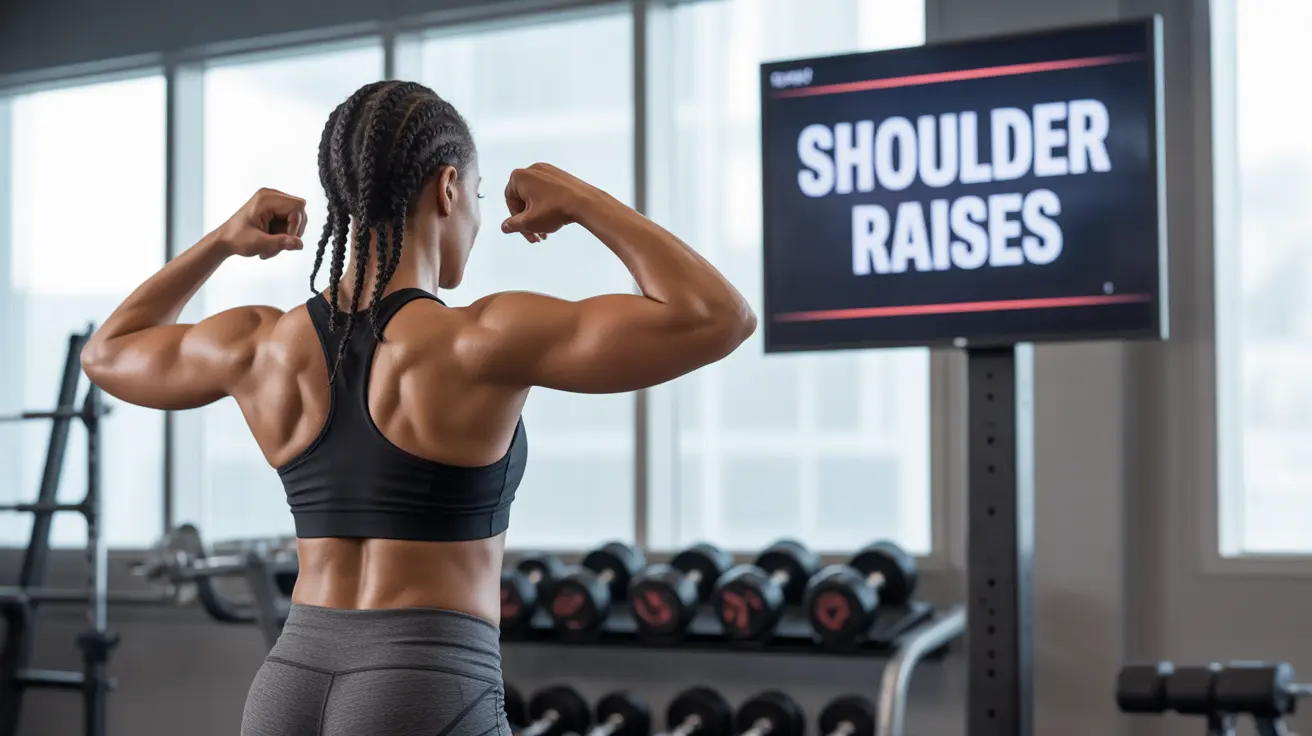If you're looking to enhance shoulder strength, mobility, and injury prevention, scaption exercises should be an essential part of your fitness routine. This specialized movement pattern targets crucial shoulder muscles while promoting proper biomechanics for everyday activities and athletic performance.
Understanding and incorporating scaption into your exercise regimen can make a significant difference in shoulder health and function. Let's explore this important exercise, its benefits, and how to perform it correctly.
What Is Scaption and Why It Matters
Scaption refers to raising your arms in a plane that's between forward (flexion) and sideways (abduction) movement, typically at about a 30-degree angle from your body's midline. This movement pattern closely mirrors many natural shoulder movements we perform daily, making it particularly relevant for functional strength training.
Proper Scaption Form and Technique
Executing scaption with proper form is crucial for maximizing benefits and preventing injury. Here's how to perform it correctly:
Starting Position
- Stand with feet shoulder-width apart
- Keep your core engaged and maintain good posture
- Let your arms hang naturally at your sides
- Turn your palms to face forward
Movement Execution
- Raise your arms smoothly at a 30-degree angle from your body
- Keep your shoulders down and back
- Maintain control throughout the movement
- Lift until your arms are parallel to the ground (or slightly higher if comfortable)
- Lower back down with controlled movement
Target Muscles and Benefits
Scaption effectively engages multiple shoulder muscle groups, including:
- Deltoids (particularly the middle and front portions)
- Rotator cuff muscles
- Serratus anterior
- Upper trapezius
- Rhomboids
This comprehensive muscle engagement helps improve shoulder stability, strength, and coordination while supporting proper shoulder blade movement.
Progressive Training and Weight Selection
Begin with bodyweight movements to master proper form. Once comfortable, gradually incorporate light weights following these guidelines:
- Start with 2-3 pound dumbbells
- Perform 2-3 sets of 10-15 repetitions
- Increase weight only when you can maintain perfect form
- Listen to your body and avoid pushing through pain
Injury Prevention and Rehabilitation Applications
Scaption exercises play a vital role in both preventing shoulder injuries and supporting rehabilitation efforts. The movement helps strengthen the rotator cuff and promotes proper shoulder mechanics, which can reduce the risk of common shoulder problems.
Frequently Asked Questions
What is scaption and how is it performed correctly for shoulder health?
Scaption is an arm-raising movement performed at approximately 30 degrees from your body's midline. It's performed by standing with good posture, keeping shoulders down and back, and raising your arms smoothly in the scapular plane while maintaining control throughout the movement.
What muscles does scaption strengthen and why is this important?
Scaption strengthens the deltoids, rotator cuff muscles, serratus anterior, and other shoulder stabilizers. This comprehensive strengthening is important because it helps maintain proper shoulder function and stability during daily activities and athletic movements.
How can scaption exercises help prevent shoulder injuries and improve posture?
Scaption exercises strengthen the muscles that support proper shoulder blade movement and positioning, which helps prevent injuries and promotes better posture. The movement pattern also teaches proper shoulder mechanics that transfer to daily activities.
When should I add weights to my scaption exercises for better muscle activation?
Add weights only after mastering proper form with bodyweight exercises. Start with light dumbbells (2-3 pounds) and gradually increase weight when you can perform 2-3 sets of 10-15 repetitions with perfect form.
Can doing scaption exercises help with shoulder pain or rotator cuff rehabilitation?
Yes, scaption exercises can be beneficial for shoulder rehabilitation when performed correctly and under professional guidance. They help strengthen the rotator cuff muscles and improve shoulder mechanics, which can aid in recovery from injuries and chronic pain conditions.




